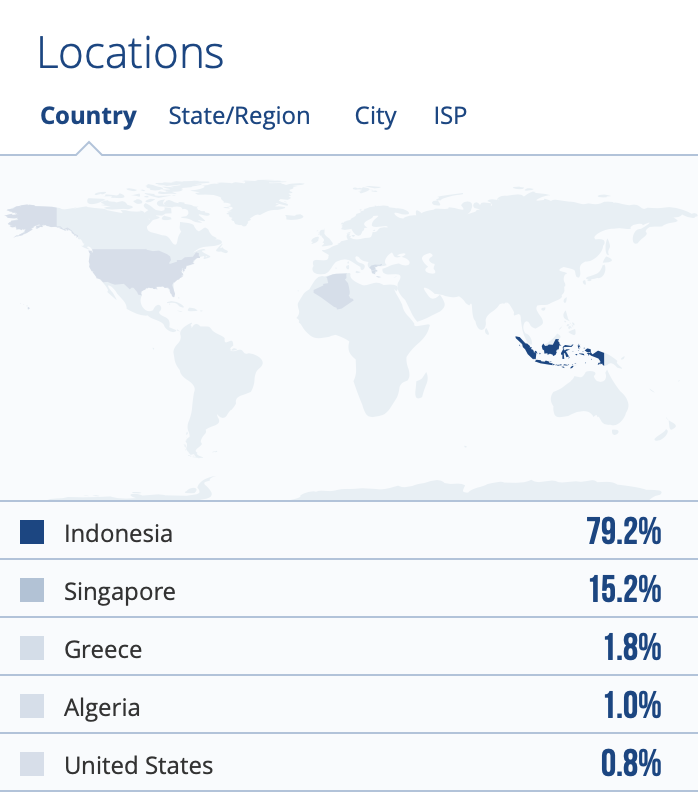STUDENTS' ATTITUDES ABOUT CODE-MIXING IN PRACTICING SPEAKING
DOI:
https://doi.org/10.31980/eeal.v7i2.1617Keywords:
Students'attitudes, code-mixing, speaking skillAbstract
Mastering the English language offers numerous opportunities to effectively communicate one's thoughts, feelings, and ideas to a broader audience. Speaking can be difficult because speakers must develop phrases on the spot. This qualitative research aimed to investigate students’ attitudes towards code mixing in spoken language practice through semi-structured interviews. Five students from Jeumala Amal Islamic Senior High School were interviewed as participants because of their frequent use of code-mixing in daily conversations. The results indicated that students' positive attitudes towards code mixing helped them build confidence in speaking English and become more accustomed to using the language as a part of their regular communication habits.
References
Baetens Beardsmore, H. (1982) Bilingualism: Basic principles, Multilingual Matters series. Clevedon: Tieto Ltd.
Baškarada, S. (2014). Qualitative Case Study Guidelines. The Qualitative Report. https://doi.org/10.46743/2160-3715/2014.1008
Brown, H. Douglas. 2001. Teaching by principle.An Interactive Approach to Language Pedagogy.Second Edition. New York: Pearson Education.
Brown, Gillian & George Yule. (1983). Discourse Analysis. The Role of Context in Interpretation. Cambridge: Cambridge University Press.
Cameron, Lynne. 2001. Teaching Languages to Young Learners. Edinburg: Cambridge University Press.
Creswell, J. W. (2012). Educational research: Planning, conducting, and evaluating quantitative and qualitative research. Boston: Pearson.
Dewi, K.T. (2021) .Language Use: Code Mixing, Code Switching, Borrowing, Pidginization, and Creolization. Yavana Bhāshā: Journal of English Language Education.
Iwan, Made. 2010. Sociolinguistics. Yogyakarta; Graha Ilmu’
Kara, A. 2009. The Effect of a ‘Learning Theories’ Unit on Students’ Attitudes towards Learning: Australian Journal of Teacher Education, 34(3), 100-113.
Luna, D., & Peracchio, L. A. (2005). Sociolinguistic Effects on Code-Switched Ads Targeting Bilingual Consumers. Journal of Advertising, 34(2), 43–56. https://doi.org/10.1080/00913367.2005.10639196
Loudon, D. L., & Della Bitta, A. J. (1993). Consumer Behaviour: Concepts and Applications(4th ed.). New York: McGraw-Hill.
Madya, S. (2002). Developing Standards for EFL in Indonesia as Part of ESL Teaching Perform. TEFLIN Journal, 13(2), 142-151.
Nursjam, (2004), Indonesian-English Code Mixing in Tourism Context. Hasanuddin University.
Paap, K., Schwieter, J. W., &Paradis, M. (2019). The Bilingual Advantage Debate. The Handbook of the Neuroscience of Multilingualism, 701-735.
Park-Johnson, S. (2020). Teachers’ Attitudes and Beliefs About Code-Mixing by Bilingual Students: Educational Studies, 56, 125 - 144. https://doi.org/10.1080/00131946.2019.1694026.
Permanarian, Somad dan Tati Hernawati. (1996). Orthopedagogik Tunarungu. Jakarta. Ditjen Dikti.
Petty, R. E., Cacioppo, J. T., & Goldman, R. (1981).Personal involvement as adeterminant of argument-based persuasion. Journal of Personality and Social Psychology, 41(5), 847–855. https://doi.org/10.1037/0022-3514.41.5.847.
Spolsky B. (1998). Sociolinguistics. Oxford New York: Oxford University Press.
Tchekpassi, T. (2013). Exploring Togolo Hingh School Students’ attitudes Towards Learning English Linguistics Education.
Usmonov, A. (2020). Importance of speaking skill and its developing ways. Archive of Scientific Publication. JSPI, 1-5.
Wardhaugh, Ronald. (1986). An Introduction to Sociolinguistics. New York: Basil Blackwell. Inc.
Yu, Y. (2015). The Effect of Task Frequency on EFL Speaking Ability Acquisition: Theory and Practice in Language Studies.
Downloads
Published
How to Cite
Issue
Section
License
Copyright (c) 2024 English Education and Applied Linguistics Journal (EEAL Journal)

This work is licensed under a Creative Commons Attribution-NonCommercial-ShareAlike 4.0 International License.






